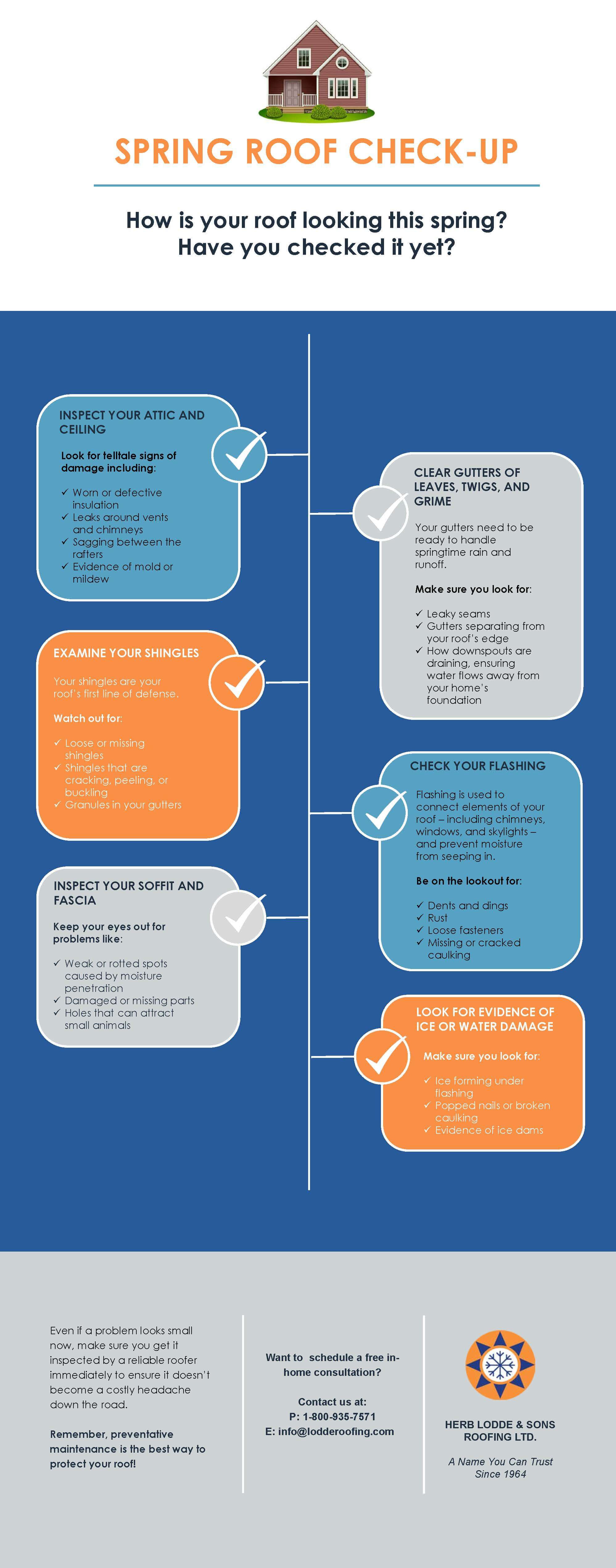Examine The Expenses And Advantages Related To Solar Installation To Uncover The Monetary Chances That May Be Available To Those Checking Out This Renewable Energy Alternative
Examine The Expenses And Advantages Related To Solar Installation To Uncover The Monetary Chances That May Be Available To Those Checking Out This Renewable Energy Alternative
Blog Article
Write-Up Author-Oliver Potts
When thinking about the prices of solar installment, you could question the upfront investment needed and whether it lines up with the prospective long-lasting advantages. Understanding the intricacies of these expenditures and the various aspects influencing the total return can shed light on the value recommendation of transitioning to solar power. By assessing both the initial arrangement expenses and the forecasted cost savings gradually, you can obtain insight into whether the investment in solar installment holds promise for your financial future.
Initial Arrangement Expenses
When considering the expenses of solar installation, the preliminary setup costs play a vital function in your decision-making process. These upfront expenses include the cost of photovoltaic panels, inverters, placing equipment, and installment labor.
The rate of solar panels can vary depending upon the brand name, performance, and dimension you choose. Inverters are important for transforming the sun's energy into functional power and come in various types such as string inverters, microinverters, and power optimizers, each with its very own price effects.
Placing devices, such as shelfs and rails, is necessary to firmly mount solar panels on your roof covering or residential or commercial property.
The installment labor expense covers the professional installation of the solar system, guaranteeing that everything is established properly and efficiently. Bear in mind that while these first setup expenses may appear high, there are usually refunds, tax rewards, and funding options offered to assist offset the prices and make solar installation extra inexpensive in the long run.
Long-Term Savings Analysis
To comprehend the monetary advantages of solar installment over time, it's crucial to carry out a thorough long-term cost savings evaluation. While the initial setup expenses of solar panels might seem challenging, the long-lasting financial savings can exceed these prices dramatically. By utilizing the power of the sunlight to create electricity for your home, you can potentially conserve hundreds of bucks on your utility costs over the lifespan of your solar system.
One of the essential variables to take into consideration in a long-lasting savings evaluation is the decrease in your electricity bills. With solar panels, you can create your power, minimizing and even removing your reliance on the grid. This can result in considerable financial savings, particularly as utility rates continue to rise.
Furthermore, https://solarpaneloutput11099.newsbloger.com/30451497/a-preview-of-the-power-future-as-introducing-solar-improvements-redefine-what-sustainability-and-performance-imply offer motivations such as tax obligation debts and refunds for mounting solar panels, additionally improving your long-lasting savings. By taking advantage of these rewards and maximizing your solar power production, you can enjoy substantial economic benefits for years to find.
Return on Investment Calculation
Taking into consideration the financial advantages of solar installation, it's time to examine the Roi (ROI) calculation. Figuring out the ROI includes contrasting the overall costs of mounting a solar system with the monetary advantages it produces over its lifespan.
To compute ROI, split the web make money from the system by the overall investment price and increase by 100 to obtain a percent. The ROI formula is: (Net Revenue/ Total Amount Investment Price) x 100.
For instance, if the total price of mounting a planetary system is $20,000, and over its life-span, it creates savings and revenues completing $30,000, the net revenue would be $10,000. Dividing commercial and residential solar panels by the total financial investment cost of $20,000 gives a ratio of 0.5. Multiplying residential solar panels installation by 100 offers an ROI of 50%.
Typically, a greater ROI shows an extra financially satisfying investment. Variables like federal government rewards, maintenance costs, and power cost variations can impact the ROI of solar installations. Recognizing the ROI assists in examining whether investing in solar power is worth it in the future.
Final thought
To conclude, understanding the expenses of solar setup is vital for determining if it is worth the investment. By considering initial arrangement expenses, conducting a long-term cost savings analysis, and computing the roi, you can make an educated choice about the financial value of solar power. With the capacity for decreased utility costs and boosted energy self-reliance, buying solar installment can be a wise choice for both your purse and the environment.
